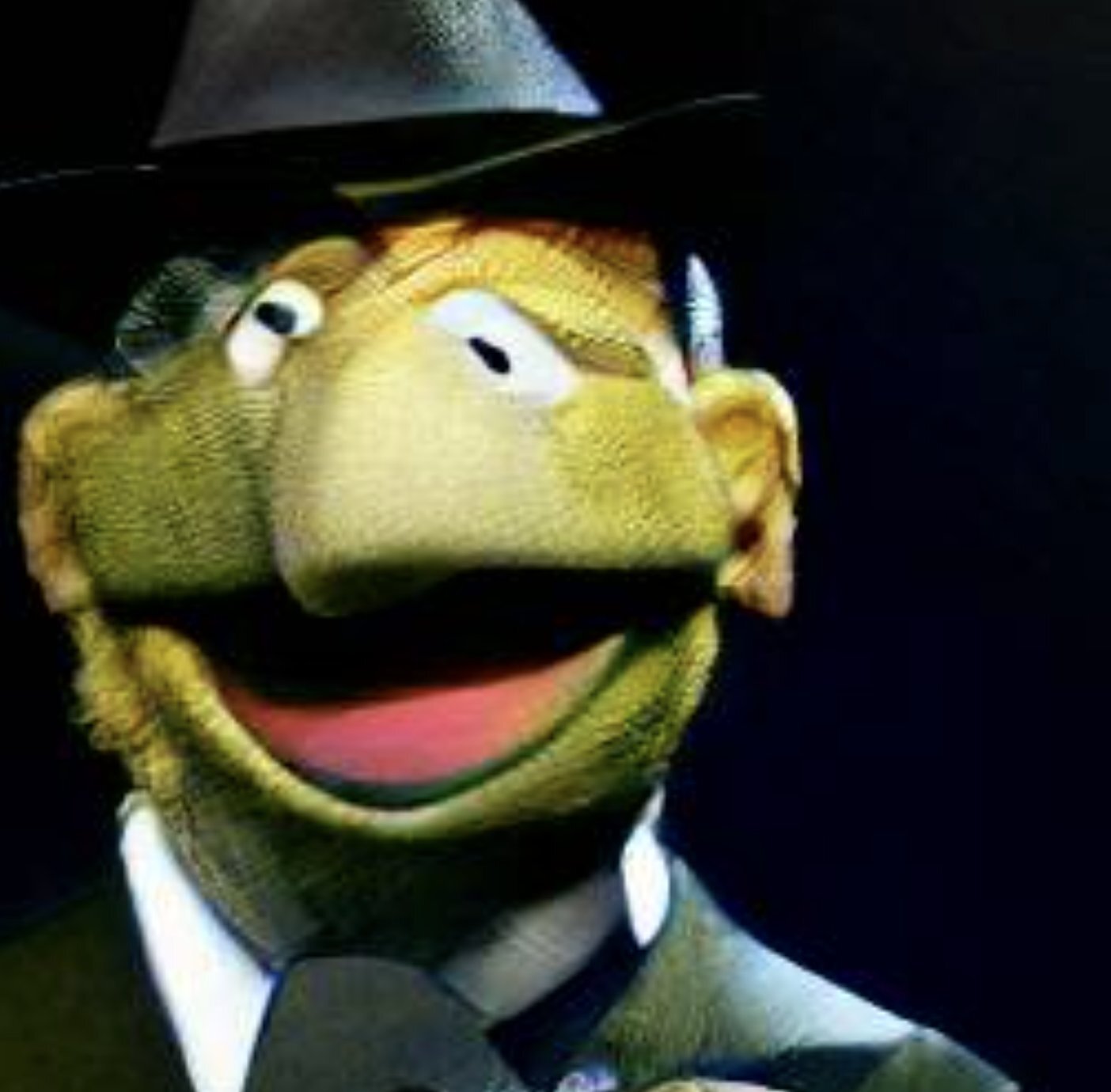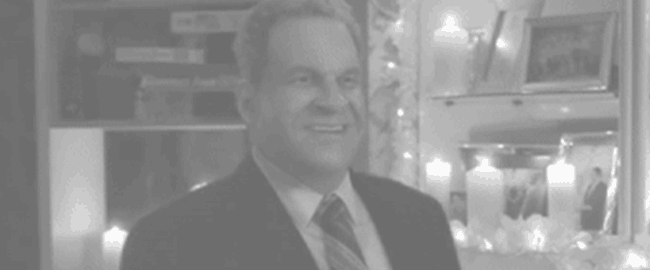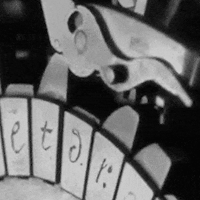
Leonard Cohen as a muppet. (Dall-E Mini/AI-generated)
I think, as a creative type, I’m obviously inspired by the power of technology to see how far it can take an idea.
But with the rise of Dall-E, the OpenAI-built neural network technology that can generate images from text descriptions alone, I didn’t realize how literal that could end up being. Over the last couple of days, the viral nature of a subset project, Dall-E Mini, has captured the internet’s attention in a big way, for the way it can help crash together ideas that don’t seem like they would ever appear in real life. (If it doesn’t work, keep trying; another option that offers lower-quality fake images but is much more consistent to load is Hypnogram.)
If I was still a graphic designer, I would love this tool and hate it all the same. It’s a great way to get an idea for visualizations, as it helps to bring forth a perspective that you likely would have never thought about before. A lot of the ideas that have inspired me are around pop culture admittedly. But I would have the thought floating through my head—“Do I need to be worried about the next version of this replacing me?”
https://bsky.app/profile/shortformernie.bsky.social/post/3l7rbc5uxd22p
It’s a real concern, and likely to be the bigger question that emerges from its rise as a technology, after we get tired of the new memes we’re creating. (My personal favorite so far is Grumpy Cat eating lasagna, Garfield-style.)
There is tons of potential for abuse of this thing admittedly. I think you could have this thing spit out images of politicians, for example, and those images would naturally look embarrassing to them. It’s not as good as a deepfake by any means, but the images it spits out look comical enough that it may not even matter—they look like convincing caricatures of the politicians and that might even be enough to upset them. (Pro tip: Have someone famous eat something.) Given how controversy-driven that line of work already is, I honestly think they now have to worry about algorithms making them look bad.
https://bsky.app/profile/shortformernie.bsky.social/post/3l7rbaekyrv2n
I think the thing I would compare it to the most is Subservient Chicken, the famous Burger King viral campaign that played with the audience’s ability to come up with new ideas, leaning heavily on the power of curiosity to make new things happening. In 17 years, we’ve gone from technology that fakes subservience to artificial intelligence that actually gives us the real thing.
Is this a good technology for the world? The jury’s still out. All I know is that I’m obsessed with it and I think a lot of other people are, too. The future is going to be made up of people creating images based on the craziest ideas they can think of.
Time limit given ⏲: 30 minutes
Time left on clock ⏲: 1 minute, 51 seconds



